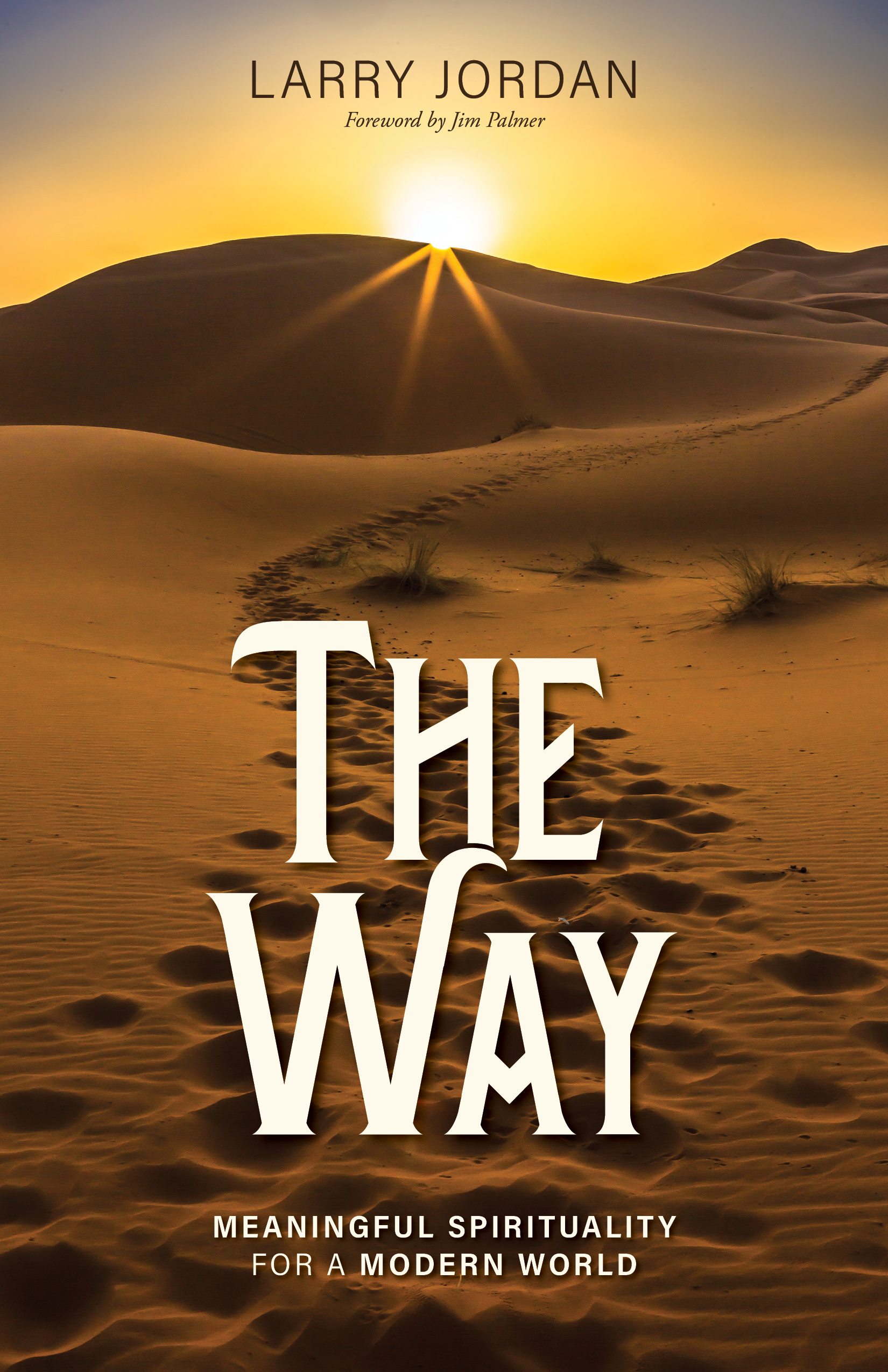The Way: Chapter Summary, Part 2
Part 2: Reconstruction -- In Part 1, we learned that religions are human constructs and that most Christian doctrine is not absolute, authentic, original, rational, unchanging, or universal. In Part 2, we will learn about the Eastern religions, the mystics, and the scientists.
Chapter 10: The Mystics -- A mystic is a person who seeks union with God or unity with the Universe. Even those who believe in a personal God often experience God in impersonal ways, as a darkness or a light, a silence or a sound, a presence or a void.
Chapter 11: Transcendence -- Awakening or enlightenment is an experience of realizing the nature of the Self and of the Universe. When we see that we are a part of the world, not apart from the world, then we see that we are woven into the fabric of the Universe.
Chapter 12: The Eastern Religions -- In the West, ideas about God have a lot to do with personhood. God is a person, we are persons, and we have personal relationships. In the East, personhood may be a construct, soul may be a fiction, and free will may be an illusion.
Chapter 13: Hinduism -- In the Vedic tradition, known as Hinduism, many accept non-duality, the notion that Brahman (or God) is not separate from the Universe. Brahman is in everyone and everything.
Chapter 14: Buddhism and Taoism -- In Buddhism, the True Self is "no-self," where emptiness or void refers to the lack of distinction or separation, not to the lack of energy or mass. Emptiness is oneness, as fullness is oneness in Hinduism. In Taoism, there are references to the Tao and the ten thousand things, akin to the Absolute and the relative in some other traditions.
Chapter 15: The Scientists -- As scientists learn more about biology, chemistry, physics, and mathematics, our new understandings cast doubt on literal interpretations of the Bible.
Chapter 17: Consciousness -- Consciousness might be the greatest mystery of science. Modern science casts doubt on many Western paradigms, including the notions of self, soul, and free will, which are all rooted in duality or separation.
Chapter 18: The Hard Problem -- Does matter beget consciousness, or does consciousness beget matter? Increasingly, theories such as panpsychism suggest that consciousness is fundamental.
Chapter 19: America at a Crossroads -- Some of the divisions in our culture arise from our waning influence as a nation. Our capitalist ideology and Western theology emphasize personal responsibility and personal salvation, rather than the common good.
Chapter 20: Christianity at a Crossroads -- The Eastern religions, the mystics, and the scientists urge us to embrace a Christianity that is less doctrinal, more experiential, and more compatible with science. Christianity 2.0 is more open-hearted and more open-minded.
There are four short autobiographical, reflecting on the author’s childhood, career, life of service, and spiritual experiences. Also, there four short editorial sections dealing with 9/11, 11/9, The Dark Night of the Soul, and Comments and Responses. Finally, there is an intriguing Afterword called “The Journey is the Thing” and a “Suggestions for Further Reading” section that some say is worth the price of the book.

